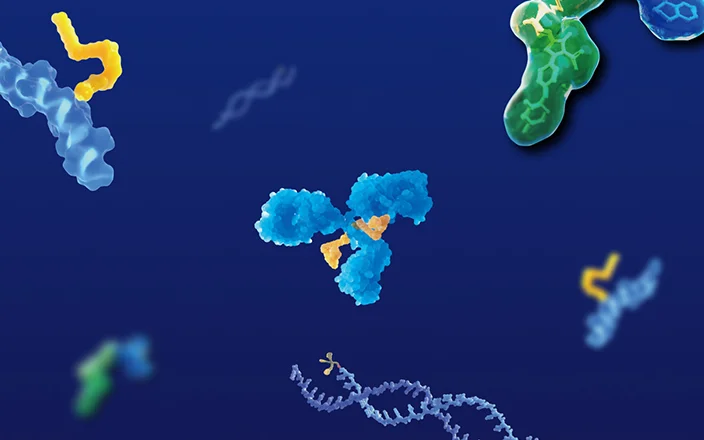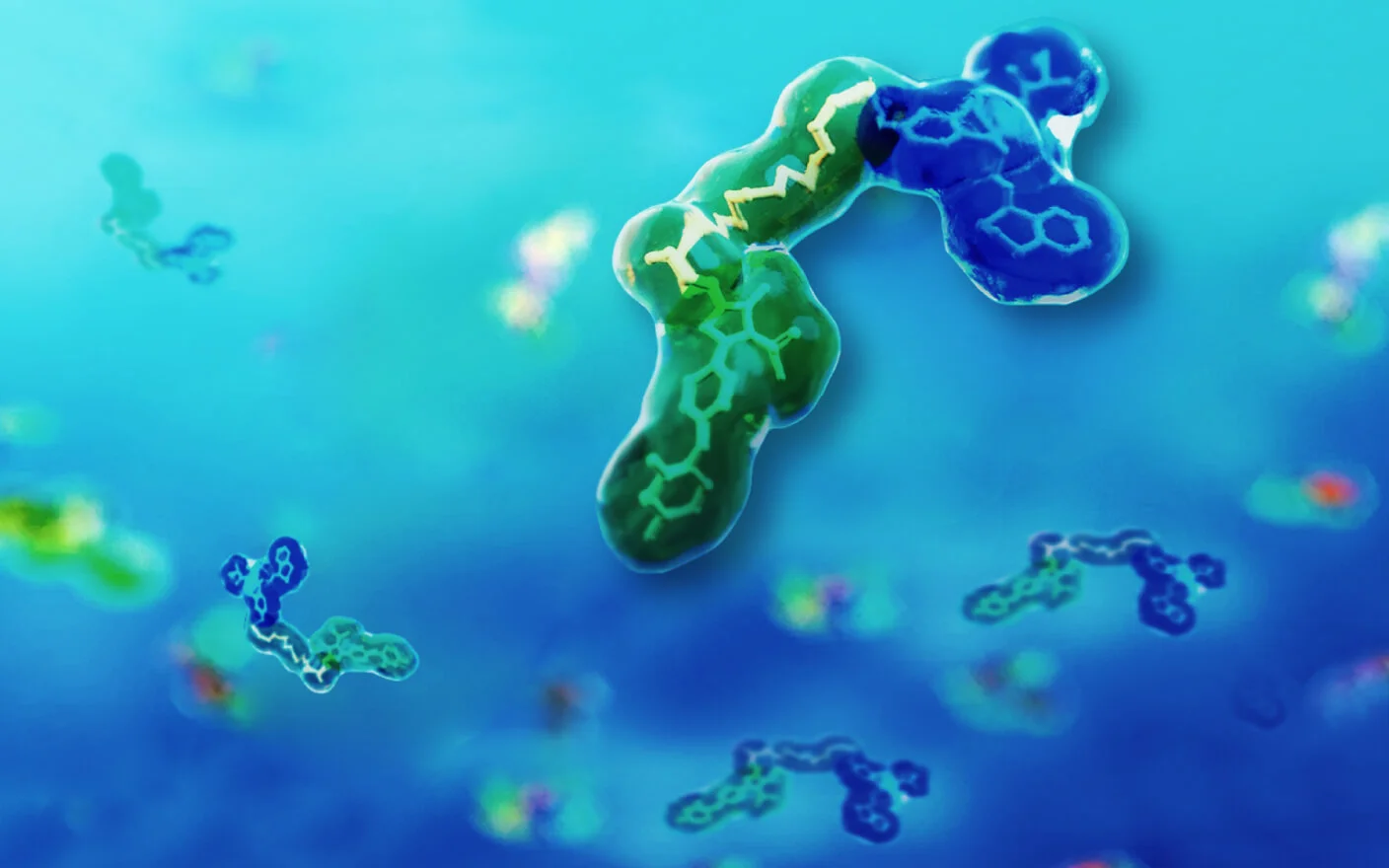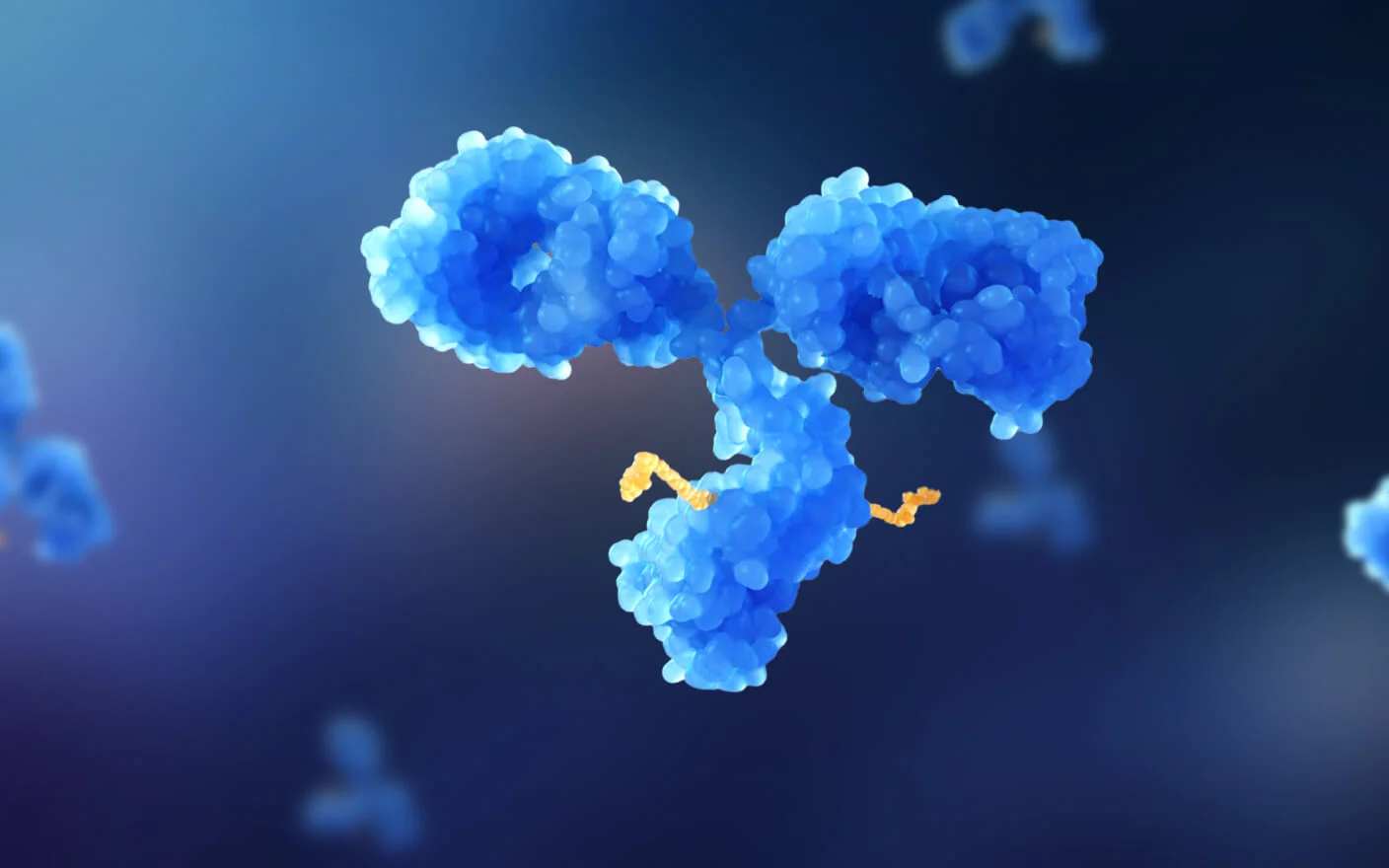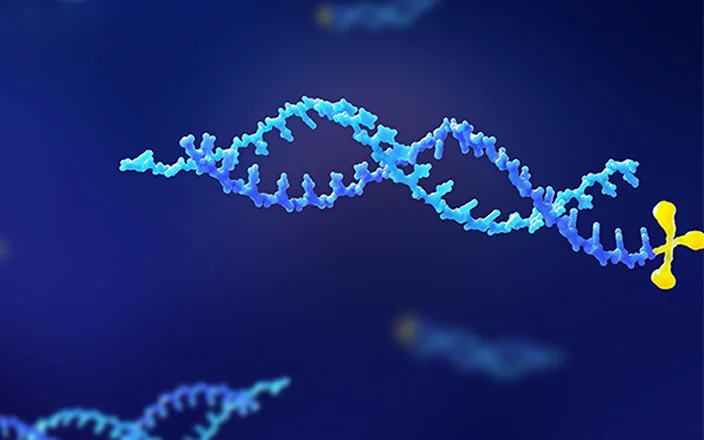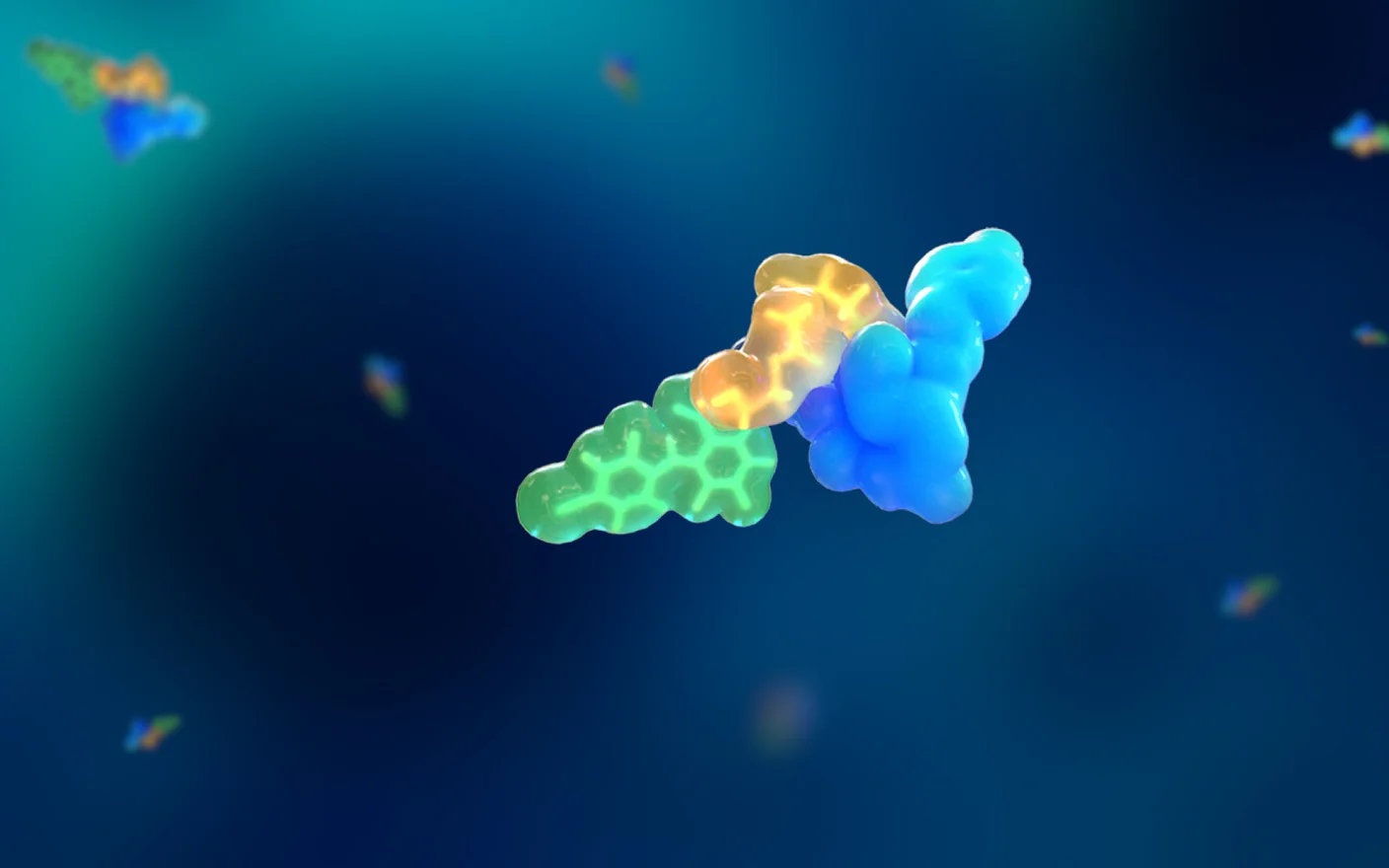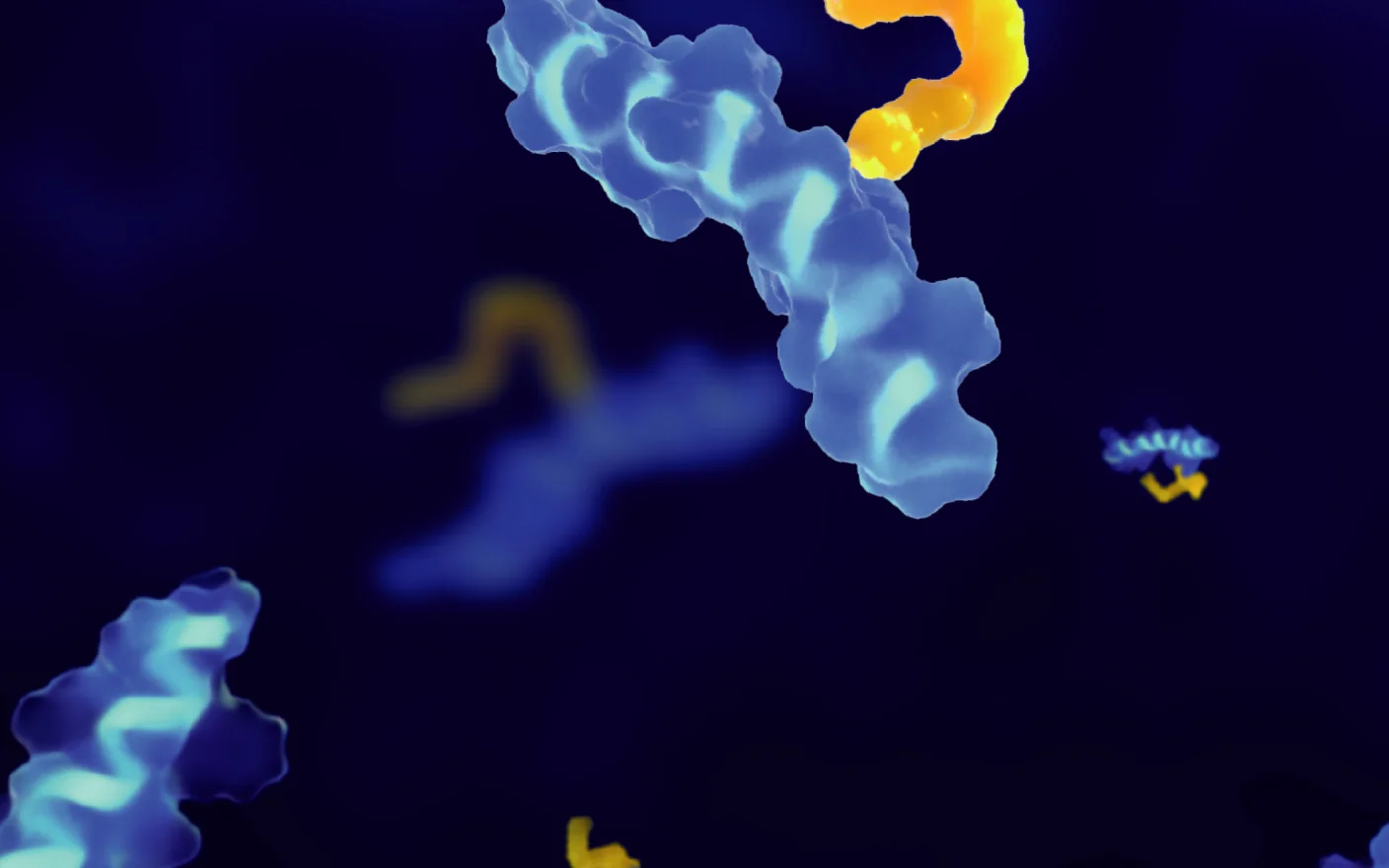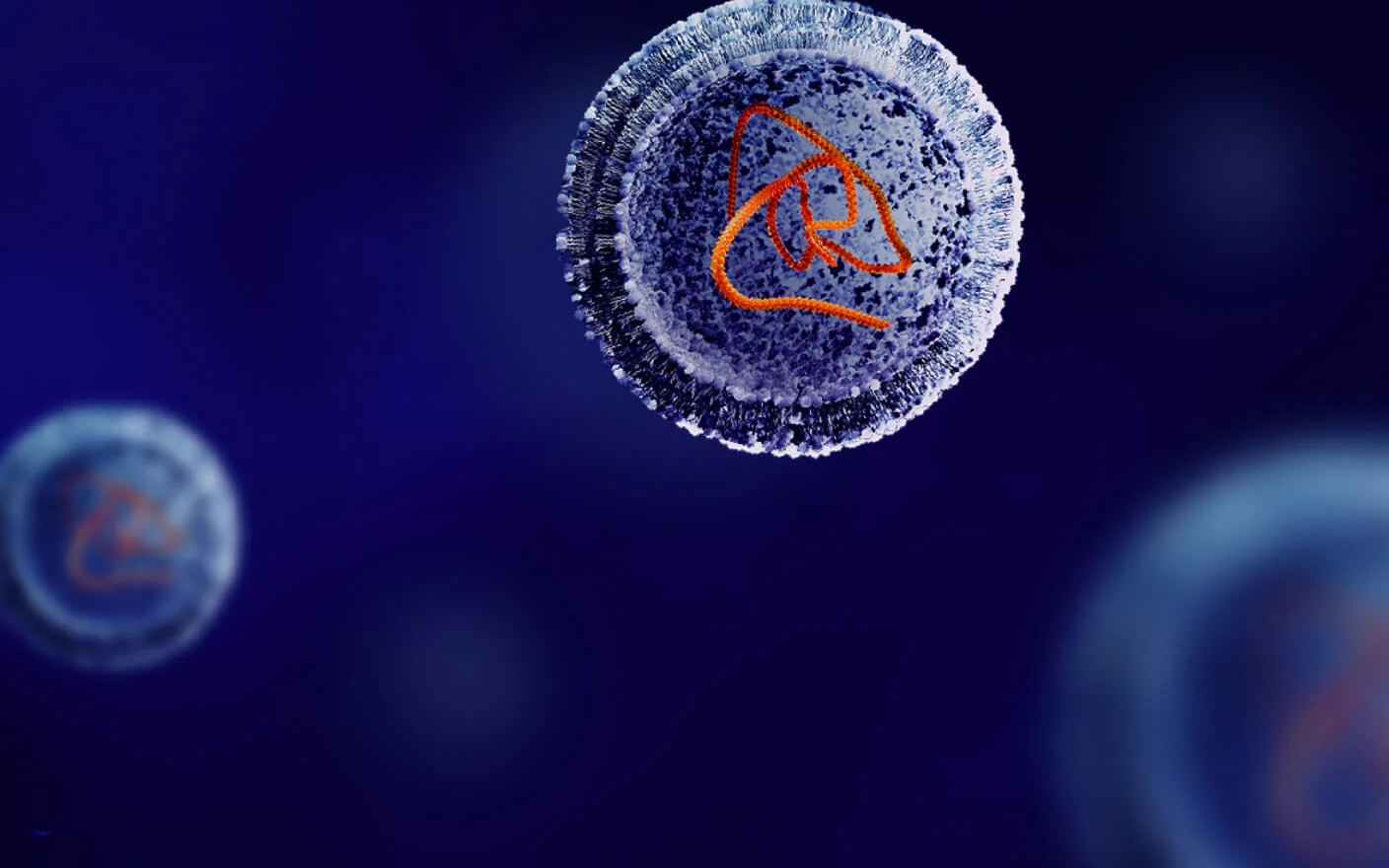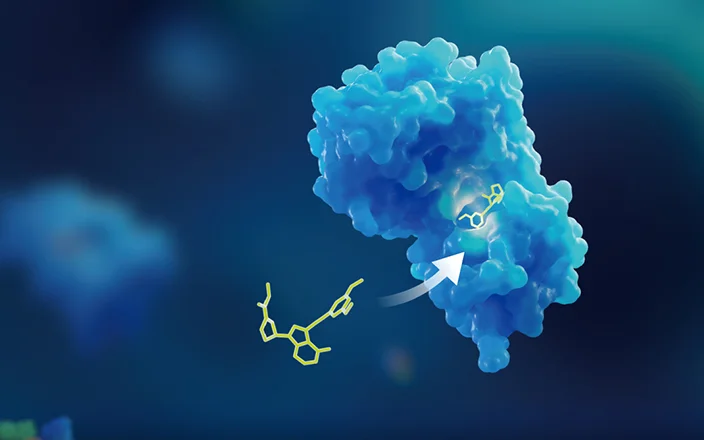Antibody-drug conjugates (ADCs) stand out as innovative biotherapeutics, composed of cytotoxic payloads conjugated to antibodies through chemical linkers. ADCs present a complex landscape for understanding their ADME (adsorption, distribution, metabolism, and excretion) properties during the discovery and development stages. The efficacy of ADCs depends on the precise release and concentration of the payload in target tissues, while minimizing toxicity requires preventing off-target release in non-target tissues. Navigating this complexity demands a dual approach, integrating small molecule bioanalysis and large molecule bioanalysis platforms for comprehensive pharmacokinetic studies.
On March 20, 2024, Dr. Liping Ma from the DMPK Service Department of WuXi AppTec delivered a comprehensive webinar in the AAPS (American Association of Pharmaceutical Scientists) eChalk Talk. The webinar, "DMPK Strategies in the Preclinical Development of Antibody-Drug Conjugates," is designed to provide a strategic pharmacokinetic study plan tailored to the diverse structures of ADC projects, and cover challenging yet essential aspects of investigating ADCs such as payload release, catabolite identification in multiple in vitro systems, drug–antibody ratio (DAR) detection, and integrated bioanalysis platform for both small and large molecules. This blog compiles some representative questions during the webinar.

Q1. What is the driving factor behind stability in different species?
A: Payload release from ADC in the lysosome, liver S9, and liver homogenate systems showed some differences. Except for different proteins, other conditions are the same in these assay systems as well as the same protein concentration used. The driving factor behind stability is the enzyme activity per unit amount of protein is different.
Q2. Is plasma or serum commonly used for in vitro stability studies of ADCs? What are the recommended analytes for in vitro stability?
For most marketed ADCs, plasma was used to evaluate the in vitro stability. Serum was only used for Trodelvy and Aidixi as the incubation matrix in all approved 15 ADCs. When selecting the analyte for ADC in vitro stability studies, free payload is recommended in the early stage for its fast turnaround time and no need for method development; for a more accurate and sensitive evaluation of the ADC stability, we suggest studying the DAR value .
Q3. In the metabolic stability study , what is the difference between S9/liver microsomes and tumor cells?
A: Liver S9/liver microsomes are used to investigate the metabolism in the liver, while tumor cells have limited drug metabolic enzymes and are used to study the payload release in tumor cells for ADC.
According to the mechanism of action of ADC drugs, liver lysosomes and liver S9 can be selected to study the release of payload-related metabolites and the tumor cells incubation system can be used as pharmacodynamic model to clarify the effective substances. After the major ADC released products are determined, studies of small molecule metabolic pathways can be conducted using hepatocytes, liver microsomes, or liver S9, and species differences can be compared to provide a basis for the selection of toxicological species.
Q4. How to choose the proper species for ADC in vivo PK study?
A: We suggest choosing the toxicological species for ADC in vivo PK study. Mouse and Cynomolgus monkey are often selected in ADC PK studies.
Q5. If the payload metabolite is determined, is it still necessary to assess the metabolite of ADC?
For non-cleavable ADCs, release payloads are bound to partial peptide chains or amino acids and their structures are unknown. The exposure of the payloads released from ADCs to non-target tissues may be toxic. Therefore, payload-related metabolites need to be identified for non-cleavable ADCs .
Q6. Have you identified particular strategies to mitigate the steric hindrance in the bridging LBA assay for the total ADCs?
A: We will screen a critical antibody pair that is non-sensitive to DAR. Usually, at least two sets of critical reagents are prepared to ensure the method development. Generally, the generic ELISA assay format will have a better chance of success bridging.
For more details, please click here to watch the webinar recording. If you have any other questions, please feel free to talk to a WuXi AppTec expert or send an email to DMPK_Service@wuxiapptec.com.
Committed to accelerating drug discovery and development, we offer a full range of discovery screening, preclinical development, clinical drug metabolism, and pharmacokinetic (DMPK) platforms and services. With research facilities in the United States (New Jersey) and China (Shanghai, Suzhou, Nanjing, and Nantong), 1,000+ scientists, and over fifteen years of experience in Investigational New Drug (IND) application, our DMPK team at WuXi AppTec are serving 1,600+ global clients, and have successfully supported 1,500+ IND applications.
Related Services and Platforms




Stay Connected
Keep up with the latest news and insights.




